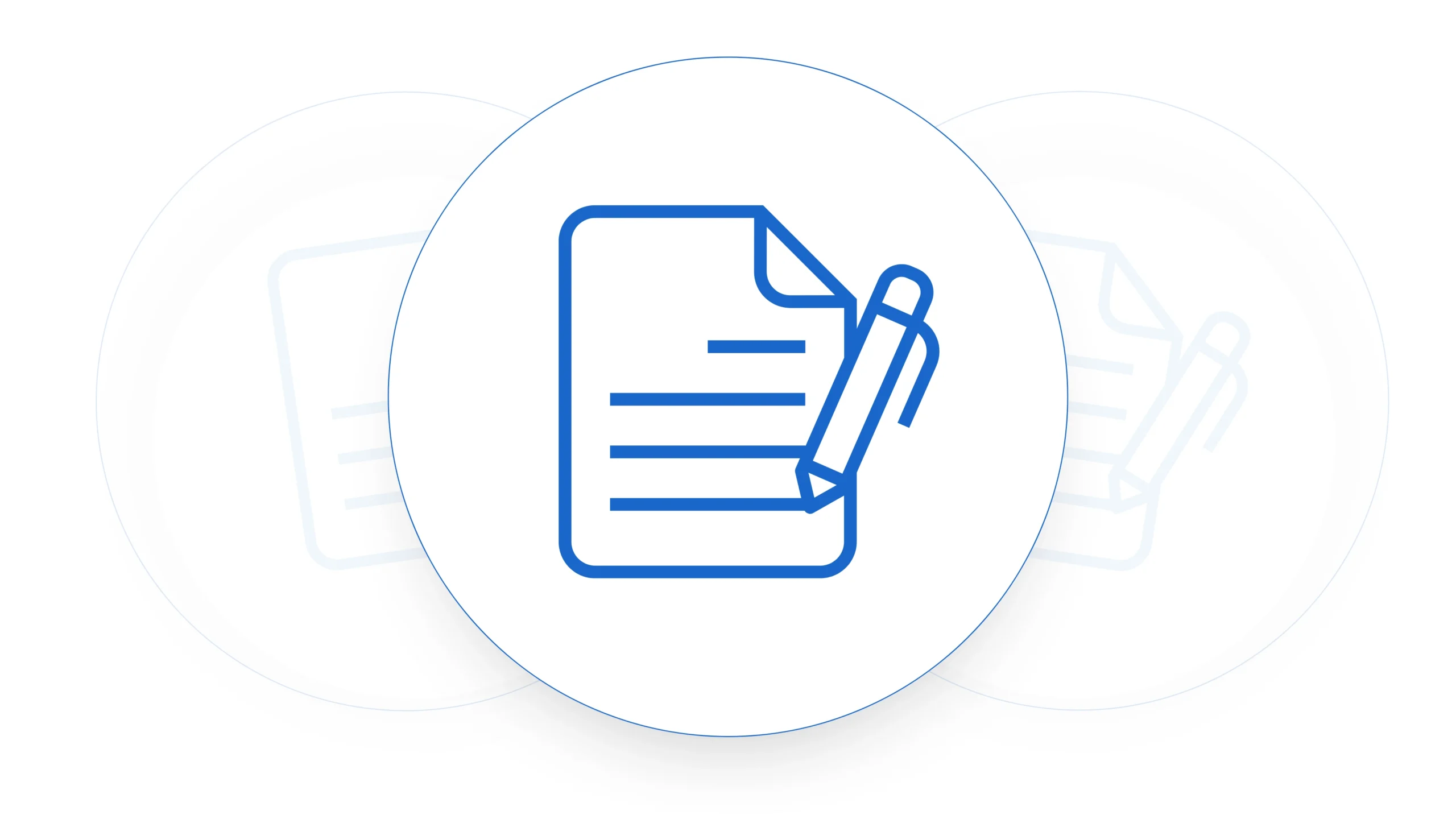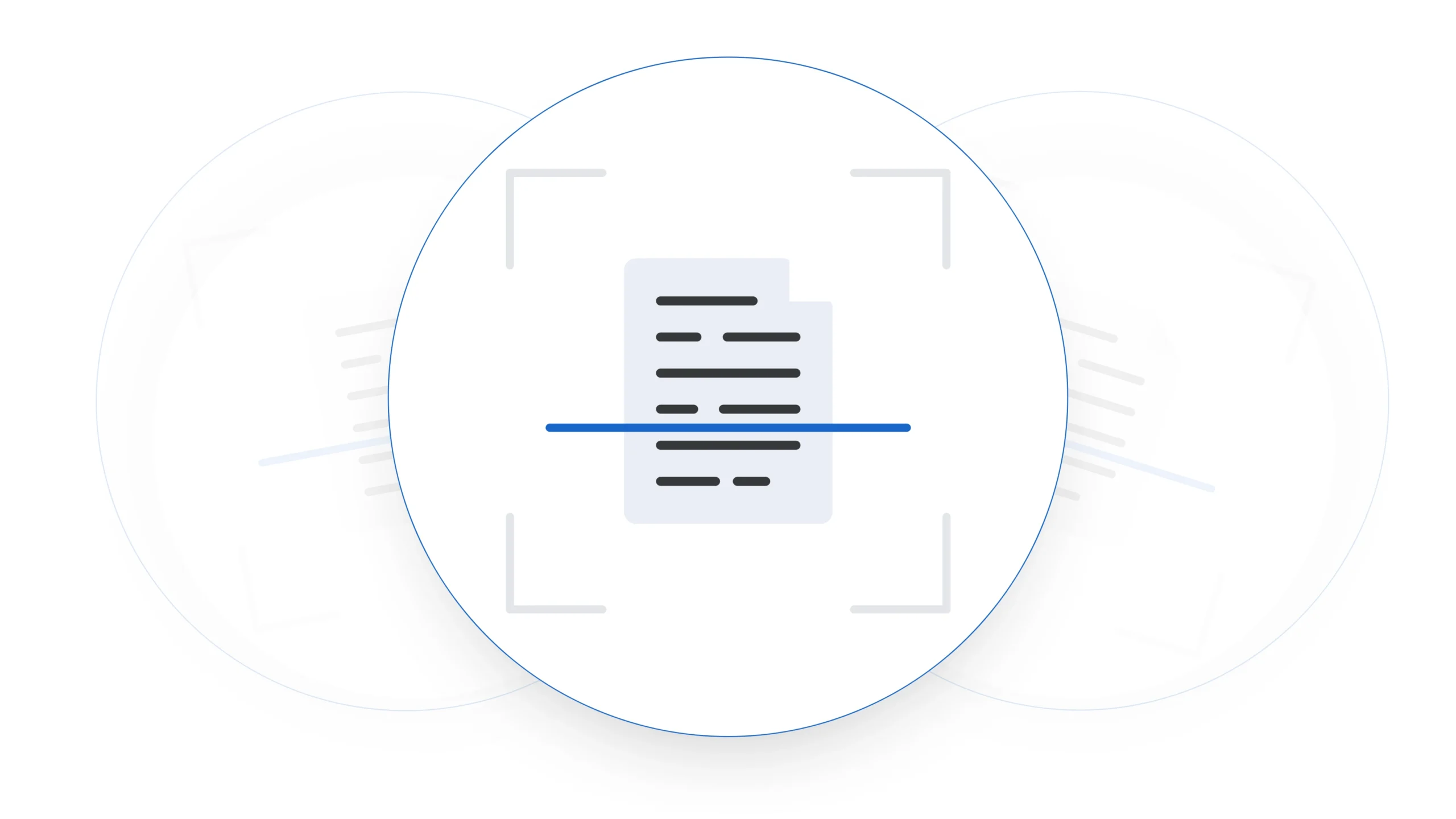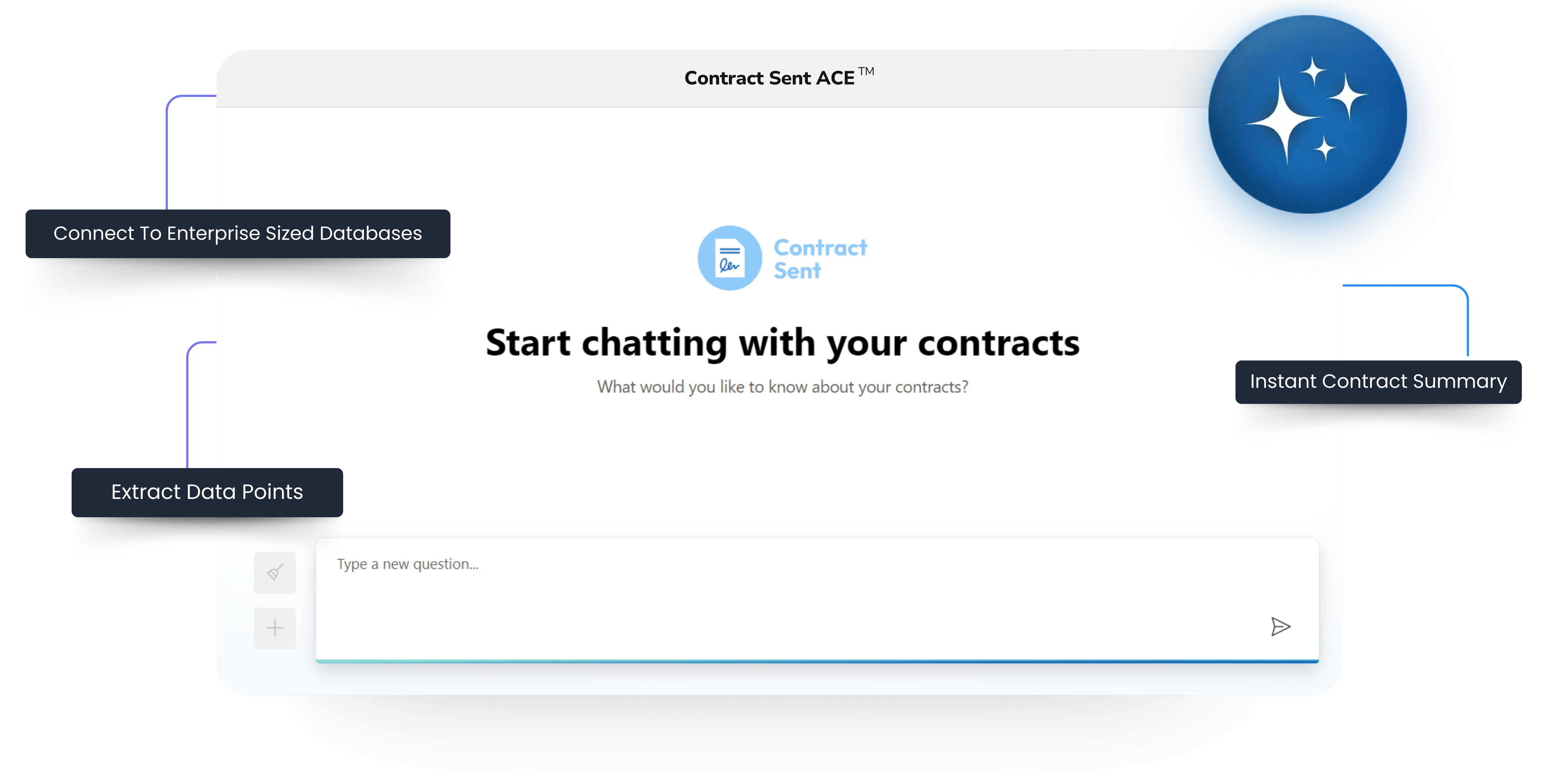Trello, a popular project management tool, adopts a visual approach for teams to organize tasks. We have seen a number of startups use Trello for contract management and managing the legal pipeline for customer contracts. Designed like a physical bulletin board, it’s accessible across devices, aiding remote collaboration.
Trello has a very user-friendly interface. It’s particularly popular among remote and distributed teams due to its accessibility from various devices and the ability to easily collaborate and share information. For this reason it has become useful for small startup teams who need to work with external providers such as an external SaaS lawyer.
Setting Up Trello For Contract Management
To create a Trello board and set up stages like “Contract Sent,” “Contract Redlines Returned by Customer,” “Redlines in Negotiation,” “Contract Returned for Signing,” and “Contract Signed,” follow these steps:
1. Create a Trello Account:
- If you don’t already have a Trello account, you’ll need to sign up for one. You can do this by visiting the Trello website (trello.com) and following the registration process.
2. Log In to Trello:
- After creating your account, log in to Trello with your credentials.
3. Create a New Board:
- Click the “Boards” tab on the Trello dashboard’s top left corner after logging in. Then click the “Create a board” button. Give your board a name, such as “Contract Management,” and select your preferred visibility settings (e.g., Private, Team, Public).
4. Add Lists (Stages):
- Within your new board, you’ll see a “Add a list” option on the right. Create lists for each of your stages, in the order you mentioned. To do this, click “Add a list” and give it the name of the first stage, e.g., “Contract Sent.” Repeat this process for the other stages you mentioned.
5. Create Cards:
- Within each list, you can create cards to represent specific tasks or items related to that stage. For example, in the “Contract Sent” list, you might create a card for each contract you send. Click “Add a card” within a list, and then you can add details to the card, such as due dates, descriptions, attachments, etc.
6. Customize Cards:
- For each card, you can click on it to open and add more details. You can add due dates, labels, descriptions, and more to provide additional context for the task.
7. Move Cards Between Lists:
- As the status of each contract changes, you can move the corresponding card from one list to the next to reflect its progress. For instance, if a customer returns a contract with redlines, move the card to “Contract Redlines Returned by Customer” from “Contract Sent.”
8. Collaborate and Manage:
- Invite team members, set work-in-progress limits, and enjoy Trello’s flexibility for efficient contract management. They can then collaborate with you on the board, add comments, and make updates.
9. Manage Work in Progress:
- You can set limits on the number of cards in each list (Work-in-Progress limits) to manage the flow of work efficiently. This helps prevent overloading any particular stage of the process.
10. Continuous Improvement:
- Use the board to track progress, identify bottlenecks, and continuously improve your contract management process.
- By following these steps, you can create a Trello board to manage the stages of your contract management process effectively. Customize the board and cards as needed to suit your specific workflow and requirements.
Redline What Matters
Raise Changes For Approval To Turnaround Contracts Faster
When A Trello Board Isn’t Right
The great advantage of using Trello for contract management is that it is incredibly flexible in what you can do with it. It is very easy to set up new stages, invite new users and track things with checklists and attachments. The biggest disadvantage of using Trello for contract management is also that it is incredibly flexible.
Trello Boards Don’t Manage Contract Versions
Effective management of contract versions during the negotiation of SaaS (Software as a Service) sales contracts is very important. It ensures clarity and agreement between the parties involved in the transaction and cuts down on wasted time. During negotiations, changes are often proposed and discussed, involving crucial aspects such as pricing, service levels, data security, and contract compliance requirements. The ability to manage contract versions enables all parties to work from the same document, fostering a shared understanding of the evolving terms. This not only helps in preventing misunderstandings but also establishes an audit trail that captures the history of changes, their authors, and timestamps.
Trello isn’t configured for this, nor should it be. It serves project management. Managing contract versioning on Trello avoids the naming convention trap of Drive or Sharepoint. Getting contract versions and communication with your customers legal team right fosters trust between parties, streamlines the contract negotiation process, enhances communication and collaboration, and empowers contract governance, ensuring that the agreement gets completed as soon as possible.
Contract Sent has been built with contract version management in mind. Each version is managed separately with tags over whether it is the current working version, old version or signed version so that your team is no longer confused when it comes to which version they should be referencing. Couple this with Contract Sent’s advanced contract comparison to compare contract versions and you’re set up to close deals faster.
Trello Boards Don’t Capture Contract Details
Trello as a tool is not going to capture the contract details that you negotiate during the contracting process. It is not a tool build to extract this information.
Capturing critical contract information, including start and end dates, liability caps, and jurisdiction, during the negotiation of SaaS sales contracts is important for several reasons. It sets the foundation for a clear, enforceable, and mutually beneficial agreement. Start and end dates define the contractual term, ensuring both parties are aware of the commitment’s duration and enabling effective planning. Liability caps are essential to manage risks; they limit potential financial exposure in case of disputes, providing financial security for both the service provider and the client. Jurisdiction, or the legal venue for dispute resolution, is crucial for legal clarity and can significantly impact the outcome of legal proceedings.
Capture key negotiation elements to track your contractual deliverables. Avoid the constant need to read lengthy contracts by doing so. This ensures you understand the contents of each contract without being trapped in a continuous reading task. You’ll simply be able to reference your customer contract database.
Contract Sent has been build with this in mind. We help to extract and structure contract data to help you cut down on the post sales manual work that you’d normally have to do if you were using Trello for contract management.











